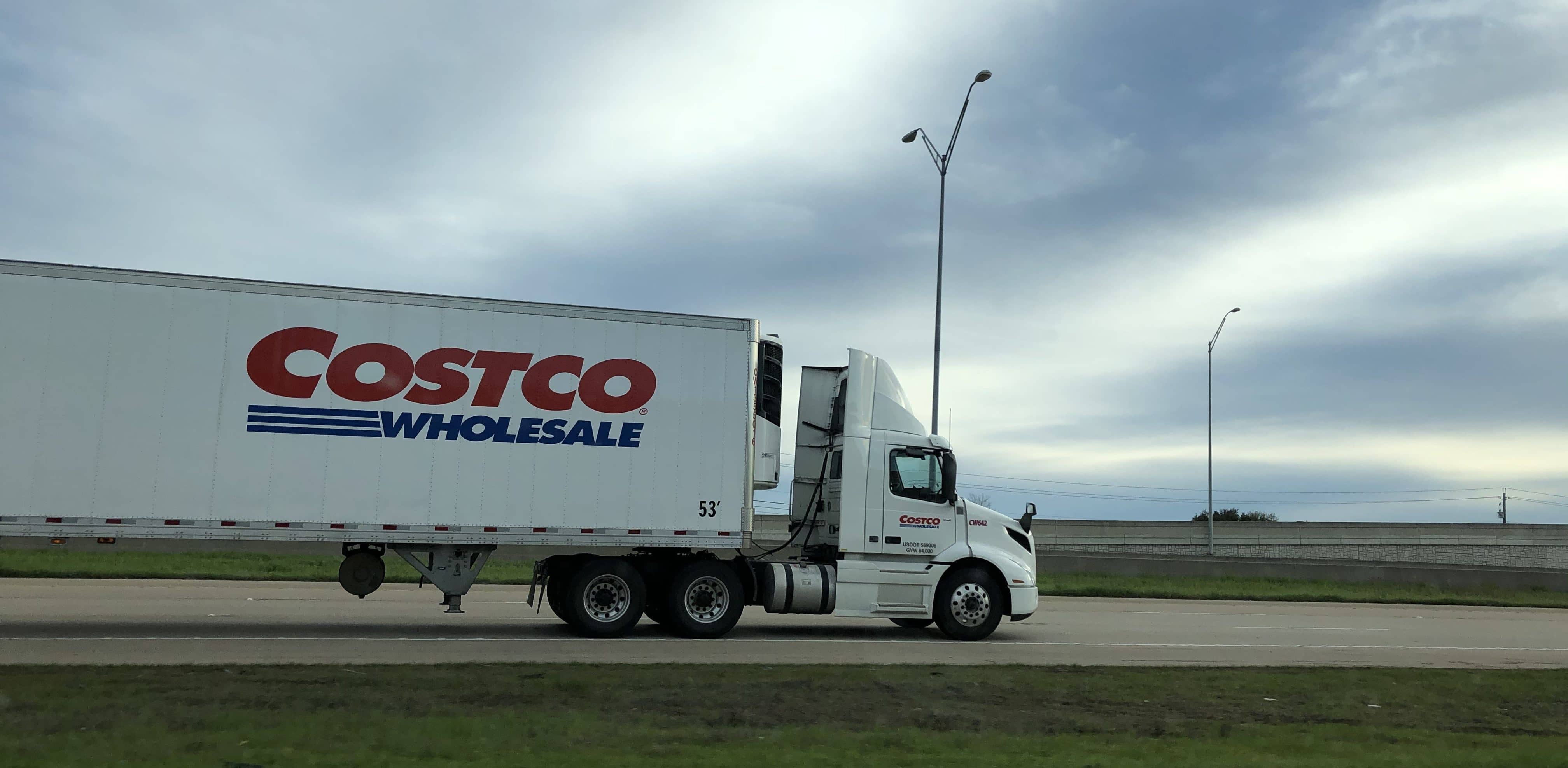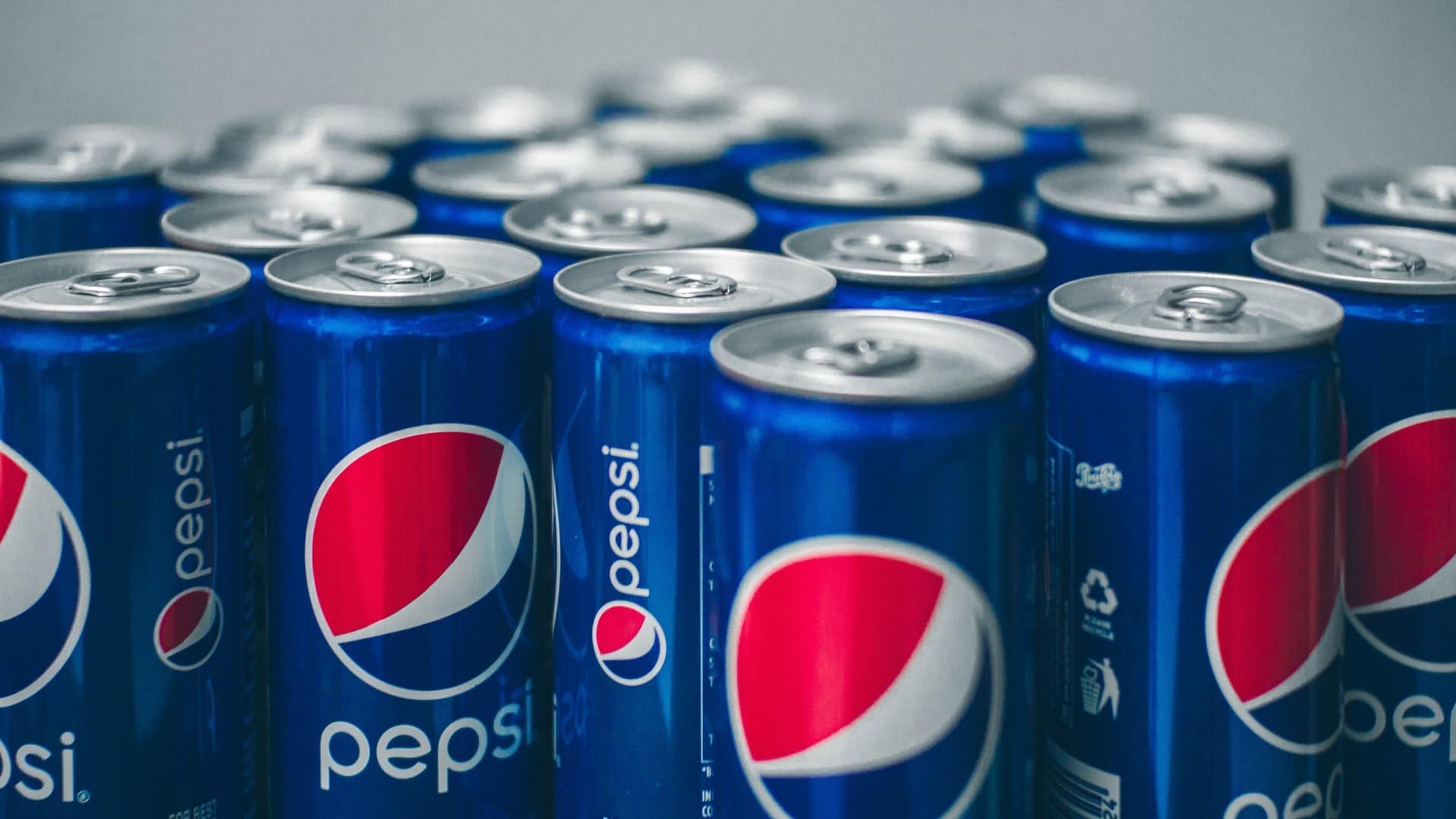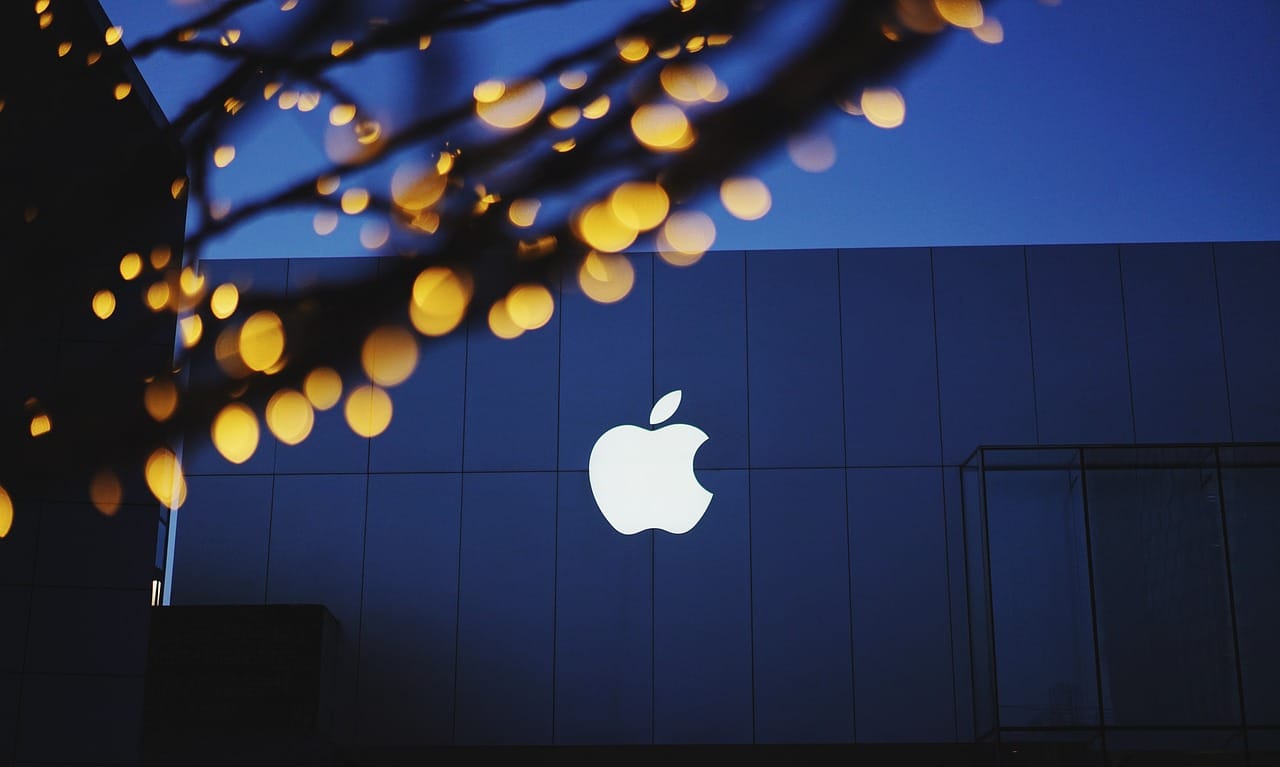Company: Costco Wholesale Corporation
CEO: Ron Vachris
Founders: James Sinegal, Jeffrey Brotman, Sol Price
Year founded: July 12, 1976 (as Price Club), September 15, 1983 (as Costco)
Headquarter: Issaquah, Washington, United States
Number of Employees (2023): 316,000
Locations: 861
Cardholders: 128 million
Type: Public
Ticker Symbol: COST
Market Cap (Jun 2023): $375.19 billion
Annual Revenue (FY 2023): $242.29 billion
Profit |Net income (FY 2023): $6.29 billion
Products & Services: Groceries | Gas Station | Tire Center | Pharmacy | Business Center | Photo Center | Optical | Business Insurance | Business Phone Services | Bottled Water Delivery | Auto Rental | Estate Planning & Powers of Attorney | Costco Auto Program | Mortgages for Business Owners, and Contractors |
Competitors: Walmart | Target Corporation | BJ’s wholesale club | The Kroger Company | Amazon | Home Depot | Kmart | Lowe’s | Sam’s Club | Best Buy | Aldi |
Fun Facts
- Did you know that Costco hasn’t changed the price of its $1.50 quarter-pound 100% beef hot dog and 590 ml drink in 34 years?
- Costco Sells Half the World’s Cashews
- Costco Sells more than 100 Million Chickens in the U.S. Annually and 4 billion eggs annually.
- Only Three States in the US Don’t Have a Costco
Costco’s Strengths
1. Extensive Product Offerings
As one of the biggest retail giants, Costco boasts one of the most diversified product offerings, from groceries to electronics to furniture and clothing. Its wide range of products continues to draw in many customers, including families and companies, helping maintain a strong position in the retail market. Its emphasis on providing top-notch items at affordable prices in different areas has made it a go-to destination for numerous shoppers. This approach has led to increased sales and strengthened customer loyalty. Costco’s selection of products is frequently unique to its locations, making it distinct from its rivals and boosting its attractiveness to consumers.
2. Low Prices
Costco’s low-price strategy is a major strength of the retail giant. Costco adopts a strategy of stocking high-quality items, which are sold in bulk at low-profit margins in warehouse-style stores. The organization wants to be known for its high quality and low price. For example, according to Fortune, the average markup at Costco is 11%, compared to 24% at Walmart and 35% at Home Depot.
3. Membership Business Model
Costco’s business model differs from most other retailers; it charges an annual membership fee of $130 from its members. And only the paid members can shop at Costco. This approach, centered on membership, helps Costco keep its expenses low while providing reduced-price items. It serves as a major income stream for the business and builds a strong bond with its shoppers. Moreover, this membership strategy allows Costco to handle its stock more effectively by anticipating demand and tweaking its supply chain as needed. This, in turn, enables Costco to offer a more comprehensive selection of items at affordable prices.
4. Loyal Customer Base
Costco has built a large, devoted, loyal customer base. Costco has 128 million cardholders representing households and small and midsize businesses. Almost half of American shoppers made a trip to Costco at least once in the past year, with 87% stopping by more than once, as revealed by information from a consumer insights company called Numerator. The average shopper goes to Costco roughly every two weeks, making around 30 visits annually, and spends approximately $100 on each visit, resulting in an annual cost of $3,018.
5. Don’t Waste Money on Advertising.
Costco has no budget for advertising. Costco has developed a successful business strategy that does not depend on advertising and marketing. The corporation provides products in large quantities at reduced costs, but customers must pay an annual fee to enjoy these discounted rates. Its membership program attracts shoppers to its stores, resulting in substantial savings reflected in affordable consumer prices.
6. Strong Brand Reputation
Costco is one of the most valuable brands, coming at number five among the top retailers worldwide, according to the ranking of the brands. It ranks higher because it provides its members with the highest quality products at the most competitive prices. Quality is achieved through direct bargains and purchases from manufacturers. Costco’s strategy is to maintain a good perception of its products and services, which has ensured brand loyalty. Its focus on customers places a high value on making customers happy and keeping them coming back, which in turn boosts its image and helps it thrive in the shopping sector.
7. High-Paying Retail Jobs
Costco has built a happy workforce and a loyal employee base by paying the highest salary and benefits among its competitors. The retail giant currently pays a minimum wage of $19 per hour, which has enabled it to hire a highly skilled workforce. A happy workforce means minimal employee turnover and better customer satisfaction. Costco’s employee turnover rate is below 6%, which is very low for the retail industry. This has aided Costco in creating a highly skilled and driven employee team, which has played a significant role in the company’s achievements. Moreover, Costco’s focus on training and growing its employees has created an informed team regarding its offerings. It offers thorough training to its staff, allowing them to provide top-notch customer service and ensure a pleasant shopping experience for patrons.
8. Generous Perks and Benefits to Employees
Costco provides generous benefits to its employees. It includes full health and dental insurance for full-time and part-time workers, good paid time off (PTO) for vacation, personal time, and 401(K) with stock options. Costco employees also receive greater responsibilities at work, which keeps them highly motivated and happy.
9. Robust Supply Chain Management
Costco boasts one of the most effective and robust supply chain management systems, enabling it to manage inventory effectively and keep prices low. Its over 800 warehouses are strategically located to minimize transportation costs while allowing the company to negotiate better prices with suppliers and manufacturers. The company has also invested heavily in tech to make its supply chain processes more efficient and guarantee that items reach its storage facilities quickly and effectively. These initiatives have aided Costco in keeping a lead in the retail sector and offering benefits to its customers.
Costco’s Weaknesses
1. Limited Product Selection
When you shop at Costco, you have a wide variety of products ranging from clothing, furniture, jewelry, toys, TVs, and lots more. However, your choice of individual products is limited in relation to other retail giants. In an average Costco store, you would find about 3700 product SKUs compared to 150,000 product SKUs at Walmart and 80,000 in a Target store. Focus on bulk products results in the exclusion of some necessary goods from stock, posing a significant drawback for shoppers in search of particular products. Moreover, its restricted range of products complicates the task for shoppers when comparing prices and quality among various brands.
2. Dependence on Membership Fees
Costco’s membership system ensures the business gets a steady flow of income, but it also makes the company very reliant on the money made from membership dues. Should the number of members drop or the business encounters more rivals, this could greatly affect its financial health.
3. Limited Online Sales Offering
Unlike most retailers, Costco does not offer a robust online sales experience as it focuses on its traditional brick-and-mortar retail operation. It is a significant disadvantage in the digital era, where customers prefer to shop online and have items delivered to their doorstep. The lack of a significant online footprint has affected the company’s ability to attract new customers who prefer to shop online.
4. Limited store location
While it is one of the popular retailers in the US, Costco maintains a low store location across the country. The company only has about 861 locations, which is relatively low compared to Walmart, which runs into 10,000. Costco’s limited number of stores deters shoppers who need a nearby store. This situation has resulted in missed sales chances and reduced brand awareness in some places. Additionally, the gap between Costco outlets can be an issue for customers residing in rural or suburban locales, as they might need to journey far to get to the closest location.
5. Cost of Transportation
When you buy items in bulk, transportation can become very difficult, especially for people living in urban areas or cities. You would spend additional transportation costs with Costco compared to other online retail giants like Amazon and Walmart’s (e-commerce) subsidiary Jet.com, which offers free / discounted shipping. It is a significant weakness of Costco.
6. Lack of Global Presence and high dependence on selected markets
Although Costco has many locations worldwide, the US and Canada account for most of its locations. They also account for 80% of its revenue. Of the 859 Costco warehouses worldwide, 591, or 69%, are domestic. It means the organization needs a global presence.
7. Aging customer base
Costco has an aging problem. Most of its customer base lives in the suburbs, owns vehicles, and buys in bulk. This is mainly attributed to its lack of digital advertising and limited e-commerce. Busy urban/city populations and millennials prefer quick shopping through local stores or e-commerce sites and delivering the goods to their doorsteps. Costco has a limited e-commerce presence, which means it cannot attract younger customers. According to statistics by Evercare ISI, Costco’s average customer age is around 50. Estimates by other firms range between 40 and 45, which is unfavorable because this market segment is small compared to millennials. Recently, Costco has been trying to lower its average customer age by introducing organic produce and sustainably made items to attract younger shoppers.
8. Research and Development
Costco spends a significant amount on research, but it’s still far less than the major players in the retail sector. This has allowed some Costco competitors to gain significant product innovation and customer satisfaction advantages.
Costco’s Opportunities
1. Online Presence (E-commerce)
There has been a significant increase in the number of people using the Internet and shopping through e-commerce sites. In 2023, the global e-commerce market was valued at an impressive $25.93 trillion. This market is expected to experience significant growth, with projections indicating a compound annual growth rate (CAGR) of 18.9% through 2030.
Consequently, there is an excellent opportunity for Costco to expand its e-commerce platform for shopping. In 2023, only 6% of its total revenue was contributed to e-commerce. While the company has made significant investments in e-commerce, there is still room for growth to unlock more value.
2. Digital Advertising
The digital advertising market is experiencing robust growth, with a compound annual growth rate (CAGR) of 6.87%. By the end of 2024, this market is projected to reach a staggering $740 billion. The number of social media users is growing every day. Facebook has 2.9 billion users, and Twitter has 335 million active users daily. This means that Costco has an excellent opportunity to reach out to potential members by advertising digitally. Through social media, Costco can significantly promote its products and services, therefore targeting a bigger customer base, especially the millennials and Gen Z, and reducing its reliance on older people.
3. Global Expansion
The global retail market has grown enormously over the past few years to $28 trillion as of 2023 and is projected to reach $31 trillion by 2028, given the CAGR of 8.1%. Amid the robust growth, Costco has a great opportunity to enter new markets and trap the tremendous opportunities in the retail sector. The country can expand into Europe and tap opportunities in the Chinese market.
4. Health and Wellness Opportunity
Costco is staring at tremendous opportunities in the health and wellness segment, is growing at a CAGR of 6.9%, and is projected to reach $8.9 billion by 2030. The company can benefit from the expanding trend towards better health and wellness by providing an increased variety of organic, natural, and nutritious food items and fitness and wellness services. This approach will allow the company to reach a new group of customers and boost its income. Additionally, the business could develop its range of private-label health and wellness items, including vitamins, supplements, and organic food items. Doing so would set the company apart and enhance customer devotion.
5. Private Label Brands Opportunity
Private label goods, essential goods sold under a retailer’s brand name, are becoming increasingly popular, accounting for 21% of total sales in the US. Likewise, the market is valued at about $236 billion. Costco has the potential to grow its private label range by launching fresh items and capitalizing on its robust brand image, setting it apart from rivals and boosting customer devotion. Furthermore, Costco can enhance the quality and eco-friendliness of its private-label goods by putting money into superior-grade components and environmentally friendly manufacturing techniques. Additionally, Costco can use its private label brands more effectively by pricing them more affordably than similar well-known brands and adding new product lines like beauty and personal care.
Costco’s Threats
1. Competition
The retail sector is intensely competitive, with numerous rivals fighting for consumers’ interest and money. Costco competes against other large-scale stores like Walmart and Target and online sellers like Amazon. Quick-service outlets, including 7-Eleven, and budget retailers, such as Dollar General and Dollar Tree, contribute to the competitive environment. Additionally, on the Internet, numerous small and medium-sized enterprises from various nations offer products at reduced costs, drawing customers globally. With the company shrugging off advertising, it could need help attracting new customers, given its dependence on the old guard.
2. International Expansion
While expansion into international markets presents tremendous opportunities, it exposes Costco to significant risks. For instance, the company has struggled to open new stores in some countries due to cultural differences, regulatory pressure, and local competition. The bulk product model is a big problem in countries with low population density, given that customers prefer shorter and more frequent shopping trips.
3. Regulatory trade policies and tariffs risks
Operating in many countries has its fair share of regulatory pressure and risks. Likewise, such expansion also leaves the company vulnerable to changes in trade policies and tariffs. Should tariffs increase, Costco might have to bump its prices, potentially leading to a drop in sales and profits. Likewise, any issues with trade or problems in the supply chain might change how products are available and how much they cost. Shifts in trade rules could also cause more unpredictability and instability in the worldwide economy, influencing how confident shoppers feel and how much they spend, which could, in turn, affect Costco’s sales figures. Furthermore, changes in trade rules and tariffs could also affect Costco’s suppliers, which could have a ripple effect on Costco’s operations.
4. Labor costs and supply chain disruptions
Costco’s low prices depend on effective processes and narrow profit margins, which might lead to higher salaries, transportation expenses, or other issues in the supply chain. This could impact the firm’s ability to keep its prices low and competitive edge. Increased labor costs could also affect Costco’s success in retaining and attracting new employees. Should the firm raise salaries to stay competitive, it might struggle to keep consumer prices low. Moreover, if Costco encounters a shortage of workers, it might have to spend more on training and hiring, which could reduce its profits. Supply chain interruptions, like natural disasters, issues with transportation, or bankrupt suppliers, can also hinder Costco’s ability to operate smoothly and keep prices low. For instance, if suppliers are disrupted, Costco might have to look for new ones, leading to higher costs and possible quality problems.
5. Brand Reputation
A product recall can be terrifying because of the possible financial losses and the lasting reputational damage. When an organization’s reputation is damaged, it becomes very challenging to gain it back. For the retail business, reputation is critical to the brand’s long-term success. Costco was affected by a product recall in November 2015. Its rotisserie chicken salad was recalled from all its stores due to the outbreak of E. coli toxin, and 19 people were infected. This has dramatically affected Costco’s reputation.
6. Economic Downturns and Political Uncertainties
Costco’s core business of selling goods highly depends on the economy’s health. During periods of recession, consumer spending power takes a hit, consequently affecting their ability to purchase goods. Consequently, the company’s focus on offering value to its members might become vulnerable if shoppers prioritize reducing costs. This could result in a drop in sales and income for the business. Costco is internationally operated, which implies they are open to political problems in their countries.
7. E-commerce and technological developments
The world has gone digital, and people prefer shopping through smartphones. Technological advancement of their competitors poses a severe threat to Costco. Customers are attracted to online shops where goods are delivered to their doorsteps. Costco’s neglect of robust e-commerce might be the beginning of its downfall.
8. Changes in consumer behaviour
Costco might adjust its products and services as consumers’ preferences and behavior change. For instance, should shoppers move more towards online shopping and less towards physical stores, Costco might have to put more resources into improving its digital presence.
9. Security
Costco gathers and hands over its customers’ and employees’ information to a third-party cloud service for safekeeping. This includes their customers’ cashless banking details. If these details fall into the wrong hands, it could spell doom.
10. Fake products
Costco was sued after it emerged that the retailer was selling a ring designed to look exactly like the most iconic Tiffany engagement ring. The courts ruled in favor of Tiffany & Co. and required Costco to pay nearly $20 million in damages. Likely, some customers will never try to purchase high-end jewelry and brands at Costco due to suspicion of being sold fake products.
References & more information
- Greenwald, M. (2023 October 10). What to know about a Costco membership: Perks, fees and more. NBC News.
- Gabler, N. (2016 December 3). Inside Costco: The Magic in the Warehouse. Fortune.
- Reuter, D. (2024 February 27). Costco’s average customer shops there at least twice per month and spends around $100 on each visit. Business Insider Africa.
- Tutle B. (2014 March 10). Costco Is Facing a Looming, Bulk-Sized Problem. Time.
- Bobiles , J . (2024 May 31). How Many Users Does X (Formerly Twitter) Have? (2024). Bankmycell.
Tell us what you think? Did you find this article interesting?
Share your thoughts and experiences in the comments section below.












Add comment